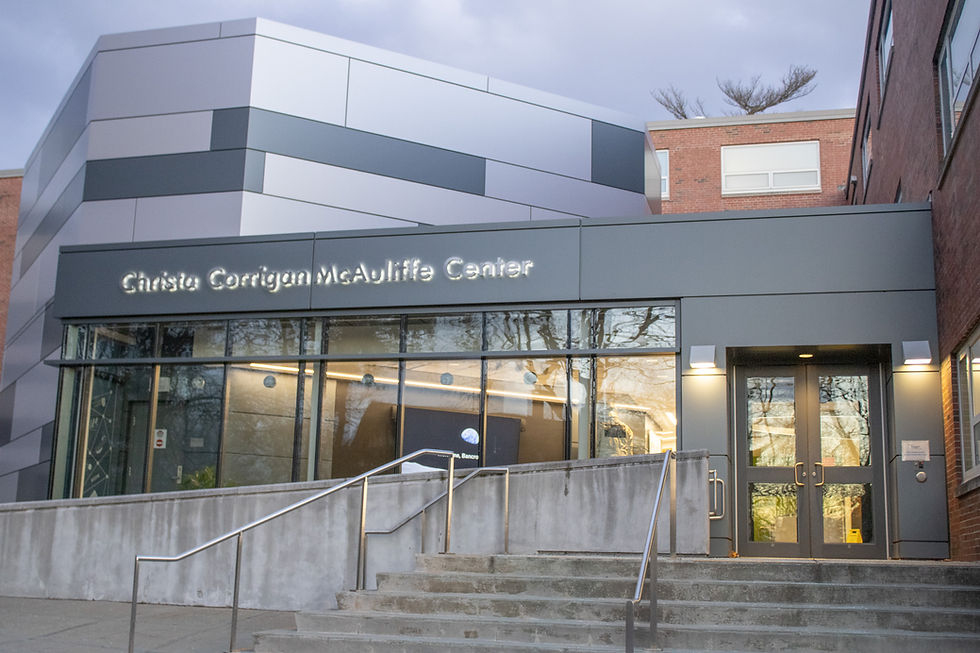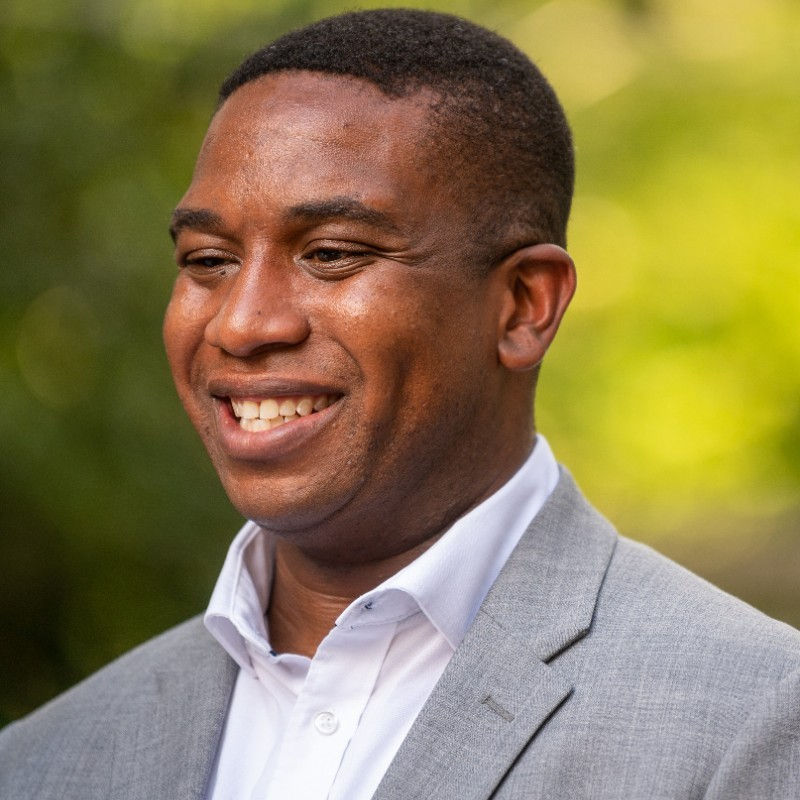Trustees discuss NEASC, six-year graduation rate
- Cassandra Russo
- Feb 8, 2014
- 6 min read
By Cassandra Russo
The Board of Trustees met last week for the first time since the winter intersession to discuss the status of the university’s reaccreditation.
The process is required every 10 years by the Commission on Institutions of Higher Education (CIHE) for any institution wishing to receive federal funding.
Information gathering for the 127-page self-study document began in the summer of 2011, driven by steering committee co-chairs Elaine Beilin, chair of the English department, and Ellen Zimmerman, associate academic vice president.
“NEASC [The New England Association of Schools and Colleges] asks for enormous amounts of data,” Zimmerman said to the trustees. “The second year of the process, the academic year of 2012-13, was when we were doing the writing.”
The document includes 11 standards: mission and purposes, planning and evaluation, organization and governance, academic programs, faculty, students, library information technology, physical and technological resources, financial resources, public disclosure and integrity.
Each standard has a task force of people who “did its work independently through the three-year process with periodic reconvening of the steering committee to check up on progress and to share information,” Zimmerman said.
Beilin said, “The standards essentially cover all aspects of the university.”
According to cihe.neasc.org, each of the standards “articulates a dimension of institutional quality. In applying the standards, the commission assesses and makes a determination about the effectiveness of the institution as a whole.”
Eleven task forces which were each assigned a standard of the document to evaluate. Their members would “split up and take responsibility for separate sections and wrote several paragraphs of the description, appraisal, and projection,” Zimmerman explained.
Once the data was collected, the whole task force met and “plowed through all of that and tried to crunch it all together into a single report.
“This was to be a narrative where we were to tell our story about us as an institution – and tell it in one voice, made up of all these myriad of voices that have gone into it,” Zimmerman said.
Each standard is divided into three sections – description, appraisal and projection. The CIHE assigns “very clear instructions as to the percent of each section that goes into each of those standards,” Beilin said.
The description section takes up 30 percent of each standard. Here, “We tell the commission what it is we do, and how we do it. We present our data. We simply tell them in each case what it is, how our faculty is composed, where our students come from, what our retention data is,” Beilin said.
The “heart” of each section is the appraisal, which holds 50 percent of each standard’s space. “It says, ‘How are we doing? Are we doing what we say we’re doing? What are our successes? What are the areas where we need to improve?’” Beilin said.
The projection section occupies 20 percent of each standard. Beilin said it is a “commitment” to maintain the strengths of the university, and to work on the areas in need of improvement.
According to Beilin, the commission gives the steering committee a page limit for each standard. “I think they tell us very clearly by the length of standard four, 2ve and six – that is the academic program, faculty, student – that this is the heart of the self study.”
The academic program standard is 20 pages, the faculty standard is 15 pages and the student standard is 15 pages. That is approximately 50 percent of the self-study document.
“So,” Beilin said, “that really is where a tremendous amount of our effort and data collection and our reporting on that data collection goes.”
Interim President Robert Martin said the accreditation process has “primacy and importance to the university.”
Martin said some of the institutions NEASC accredits are Harvard, Williams, UMass Amherst and Mass Bay Community College. “All of those are very different types of institutions. That they can all be accredited by the same organization is a reflection that when you are looking at an institution, you are looking at it in terms of what it says it is and whether it fulfills what it says it does.”
Zimmerman said the draft that was recently released to the community for feedback is the fifth.
“Once we incorporate all of that [feedback], on February 17th we send it off to NEASC and then it’s done,” Zimmerman said.
Trustee Barbara Gardner said, “I must say I’m a bit of a skeptic, having dealt with another accreditation group. ... I don’t think that’s true with NEASC. It’s a very valuable exercise. It’s a wonderful process. But I just want to know – then what happens?”
Beilin said the CIHE has “a process in place to help us stick to it.”
A three-person site team will visit campus March 31 – April 2. They will talk with faculty, staff,
administrators and students.
The site team will have read the document, Beilin said, and the visit will give NEASC a chance to “take what we say we’ve done, and what we say our strengths and weaknesses are and tell us whether they see a connection between how we’re analyzing it and what we say we’re going to do.”
Beilin said the steering committee will write a midterm report in five years, “saying those projections that we said we were going to accomplish in the next three, four, five years – how far did we get with them?”
Trustee Joanne Berger-Sweeny said, “Many times, they are asking for an update in a shorter than five year period because there are so many federal standards. ... If you are incredibly lucky, you don’t have to write anything until five years from the report.”
In January, the document was released to the FSU community to make comments and suggestions. Zimmerman said they have received “several emails from the FSU community. ... I’ve been pleased at the largely positive nature of the feedback.”
Freshman chemistry major Ezequiel De Leon was the only student present at a meeting held for students to voice their opinions last Tuesday.
“I am excited about having to take a critical look at ourselves. It is necessary in order to grow. If we don’t know what our strengths and what our weaknesses are, how are we supposed to keep developing ourselves?” De Leon said.
He said he hopes that the re-accredidation will give FSU more recognition as a high-quality institution.
He said he is surrounded by a great set of faculty and staff, and that FSU is a “very welcoming and inclusive community. ... We are a ‘framily.’”
The topic the six-year graduation rate was addressed by Trustee Chair Joe Burchill. “It seems like a very stark graduation rate.”
According to information provided by Martin from the Institutional Research Office, data collected in 2007 showed that 33.5 percent of FSU students graduated in four years, 46.9 percent graduated in five years and 50.6 percent graduated in six years.
Data provided in the NEASC self-study document projects that in the academic year 2013-14, 51 percent of FSU students will have graduated in six years.
Martin said, “Our numbers are better than the national average, but it’s pretty easy for me to say, ‘Not so good!’ You don’t want to brag about 50 percent.”
The self-study document states that FSU has implemented programs to help the graduation rate such as first-year orientations, Black and Gold Beginnings and First-Year Foundations to help students adapt to the campus.
According to standard four in the self-study, which refers to students, faculty and staff have studied other institutions to try to achieve better retention and graduation rates.
According to standard two, which pertains to planning and evaluation, Academic Affairs and Enrollment and Student Development hold regular “cross-walk” meetings to focus on increased enrollments and academic resources.
Burchill said, “If we are trying to solve the problem, the first thing you would ask for is, ‘What are the top reasons we lose students?’”
Martin said the administration has “started to move the needle” in determining why. He said possible reasons students graduate in six years, as opposed to four, are that students may be put on academic probation or change majors.
Students who “live in the residence halls and/or are connected to campus activities are more likely to graduate than commuter students,” Martin said.
Vice President for Academic Affairs Linda Vaden-Goad said the university hold events such as first-year retreats for all students to “make them feel like they are members of the university and that they see a reason to stay.”
Vice President of Enrollment and Student Development Susanne Conley said internships make it easier for students to finish in four years. She said the growth of internships as “an upper-level degree requirement has been embraced by the faculty in such a significant way. ... It is something I am very proud of.
“We do have students who say, ‘I hate it here,’ and we try to get to the bottom of it.”
Conley said that she wants to 2nd students who commit to starting at Framingham and ending at Framingham, and wants to build it into the admissions process. “Maybe that would make a difference,” she said.
The self-study document says the university has a goal: “To break through to a new level of retention and graduation, we will form a widely representative task force in [academic year] 14-15 to explore innovative strategies to markedly improve both.”





